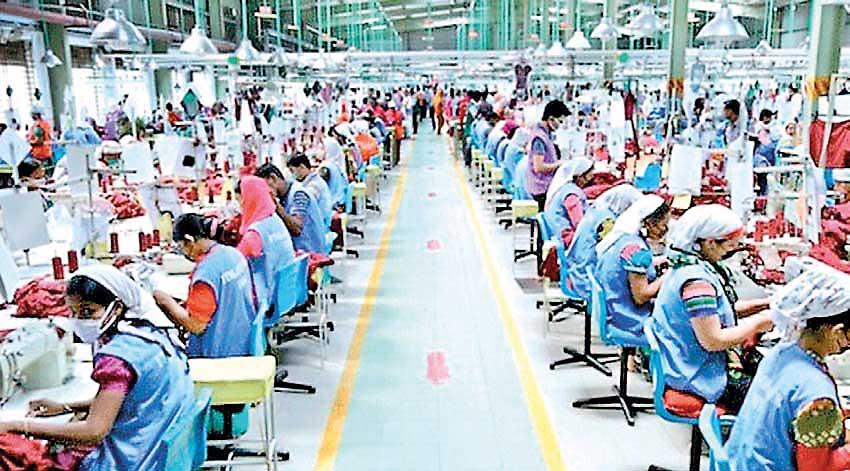Reply To:
Name - Reply Comment

The Purchasing Managers’ Index (PMI) continued to remain in the contractionary territory in November, albeit some improvement in activity from the previous month, as the subdued demand conditions, both locally and internationally, weighed on the Sri Lankan economy, which is on course for its worst decline in its history this year.
The manufacturing sector PMI in November recorded an index value of 42.1, logging an increase of 3.7 index points from October while the services sector PMI reached 49.0, slightly below the neutral level, from 47.9 in October, reflecting improvement in the services activities, due to the festive demand and signs of rebound in tourism and its related activities such as accommodation and food and beverage sub-sectors during the month.
In the PMI readings, a value below 50.0 indicates a contraction in activity levels while a value above 50.0 is interpreted as an expansion over the previous month. A value equal to 50.0 is read as a neutral activity level.
The country’s manufacturers, who are producing more to the domestic markets, are continued to be undermined by the anaemic demand conditions at home, after the economy crashed earlier this year, firing runaway inflation and causing widespread shortages in key materials required to run their production processes seamlessly, on the back of the acute foreign exchange crunch.
Participating in the monthly survey conducted by the Central Bank officials for the PMI, many food and beverage manufacturers have continued to cite the subdued demand conditions as the major reason for the weak new orders and scale of production they are grappling with for months.
“Many respondents representing the food and beverage sector mentioned that the deterioration of the purchasing power of the customers was the major reason for the decline in demand,” a Central Bank statement stated.
A year ago, when the economy was coming off from the pandemic-related restrictions, the manufacturers had brisk demand but were dealing with prolonged supply chain bottlenecks, due to months-long pandemic restrictions, which were compounded by the shortage of foreign currency that prevented them from getting down most of the inputs and ingredients they needed.
However, a few months later, the demand conditions turned sour while exacerbating the supply conditions when the economy collapsed after running out of its remaining foreign currency reserves.
These conditions plunged the Sri Lankan economy to its worst pre-pandemic level contraction in the third quarter this year, when the economy shrank 11.8 percent, bringing the nine-month contraction to 7.1 percent.
Meanwhile, adding further to the woes faced by the local manufacturers, the exporters led by the textile and apparel sector have started experiencing a decline in demand by their major customers in both sides of the Atlantic, as their economies are experiencing tight monetary conditions, as a result of the spike in inflation.
Further, in a fresh challenge, Sri Lankan manufacturers have also witnessed shifting of orders to their competitors in other countries.
Besides, certain manufactures have continued to confront challenges in sourcing the required raw materials, due to the lingering shortages in foreign exchange.
Meanwhile, the services sector PMI improved in November, on the back of the expansions seen in new business, business activity and improved expansions for activity sub-categories during the month.
Specially the sectors such as financial services and telecommunication showed improvement in the month from the previous month while the prospects of recovery in tourist arrivals lifted the related activities such as the accommodation and food and beverage sectors.
However, the business activity related to wholesale and retail trade have declined further in response to the continued cost of living challenges.
The expectation for the activities in both manufacturing and services improved in the next three months, specially with the upcoming festive season and the anticipated recovery in the economic conditions in the period ahead.
According to the recent comments made by both the Central Bank and Finance Ministry officials, Sri Lanka appears to be making rapid progress towards obtaining financing assurances from its creditors, which remain key to unlocking the US $ 2.9 billion bailout package with the International Monetary Fund.